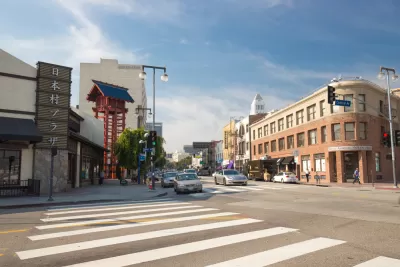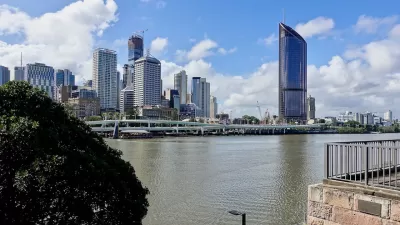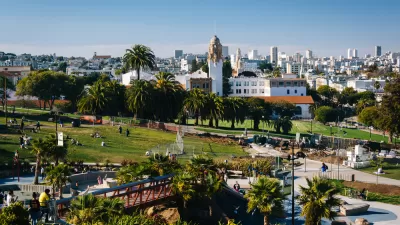In the wake of rapid gentrification, an organization in Los Angeles is leveraging the arts to celebrate a community's rich heritage and keep social equity a priority.

In an epic poem about “place and people and art in four parts,” traci kato-kiriyama, a multi-disciplinary artist and community organizer with deep roots in the Little Tokyo community, pays tribute to artists of Japanese descent who were imprisoned in American concentration camps during World War II. Their art was “created to survive the insanity of injustice, to thrive past the stench of forced silence,” writes kato-kiriyama, who is also a co-founder of Tuesday Night Project, which presents the longest running Asian-American open mic series in the country. Art was a lifeline not just for the individual artists, but for an entire community of people forcibly removed from their homes and neighborhoods and targeted for belonging to an ethnicity that was suddenly labeled as an “enemy.” Making art was a way to confront and resist the discrimination Japanese-Americans endured at the hands of their own government, a reassurance of humanity. “Art—the lightning between the synapses, the conversation between hearts, the amplification of our history, why any good argument begins with [an] anecdote—this is the necessity of art, to help us draw from a different well when the ones we’ve always used have run dry,” kato-kiriyama writes.
Her reflection on the role of art comes at a critical time for the neighborhood. Throughout its 130-year history, Little Tokyo has pushed back against discrimination, the impact of wartime internment, and economic devastation. Today, it is one of only three Japantowns left in the United States.
FULL STORY: Preserving the Character of Little Tokyo

Study: Maui’s Plan to Convert Vacation Rentals to Long-Term Housing Could Cause Nearly $1 Billion Economic Loss
The plan would reduce visitor accommodation by 25% resulting in 1,900 jobs lost.

Alabama: Trump Terminates Settlements for Black Communities Harmed By Raw Sewage
Trump deemed the landmark civil rights agreement “illegal DEI and environmental justice policy.”

Why Should We Subsidize Public Transportation?
Many public transit agencies face financial stress due to rising costs, declining fare revenue, and declining subsidies. Transit advocates must provide a strong business case for increasing public transit funding.

Paris Bike Boom Leads to Steep Drop in Air Pollution
The French city’s air quality has improved dramatically in the past 20 years, coinciding with a growth in cycling.

Why Housing Costs More to Build in California Than in Texas
Hard costs like labor and materials combined with ‘soft’ costs such as permitting make building in the San Francisco Bay Area almost three times as costly as in Texas cities.

San Diego County Sees a Rise in Urban Coyotes
San Diego County experiences a rise in urban coyotes, as sightings become prevalent throughout its urban neighbourhoods and surrounding areas.
Urban Design for Planners 1: Software Tools
This six-course series explores essential urban design concepts using open source software and equips planners with the tools they need to participate fully in the urban design process.
Planning for Universal Design
Learn the tools for implementing Universal Design in planning regulations.
Smith Gee Studio
Alamo Area Metropolitan Planning Organization
City of Santa Clarita
Institute for Housing and Urban Development Studies (IHS)
City of Grandview
Harvard GSD Executive Education
Toledo-Lucas County Plan Commissions
Salt Lake City
NYU Wagner Graduate School of Public Service




























